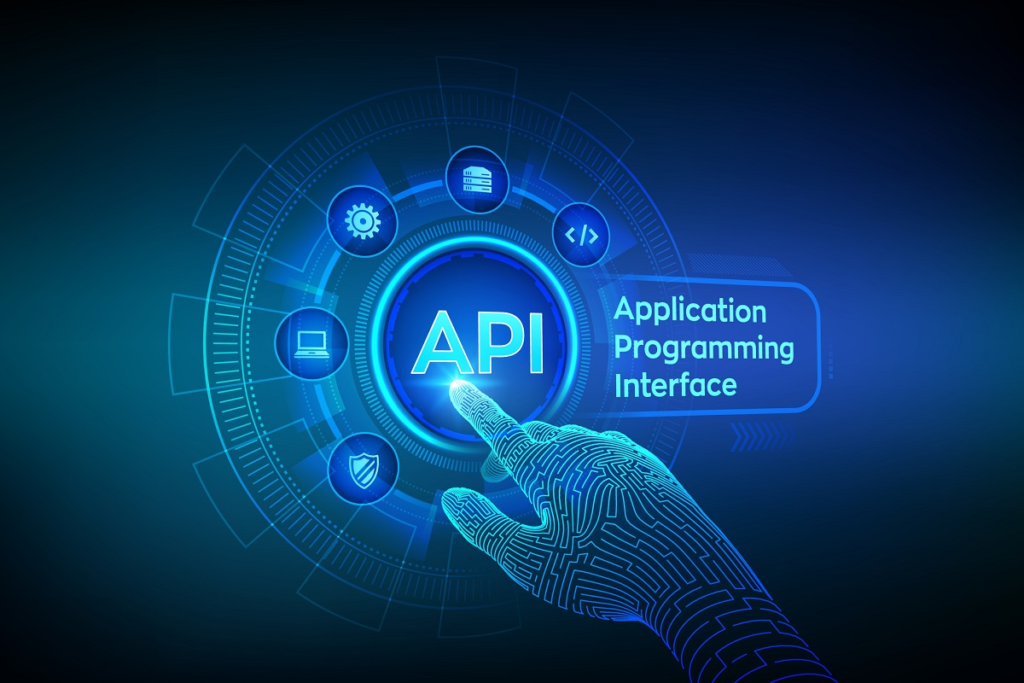Before we talk about APIs in JavaScript. We need to know what exactly APIs are. An Application Programming Interface (API) is a set of designated rules and protocols for building and integrating application software. In other words, APIs are a way through which two or more computer programs to communicate with each other. It’s a software interface that offers a service to other pieces of software. It acts as an intermediary layer that processes data transfers between systems. this lets companies open their application data and functionality to external third-party developers, partners and internal departments. An API specification is a document or standard describing how to build or use such a connection or interface. A computer system that meets this standard is said to implement or expose an API. The term API may refer either to the specification or to the implementation.
JavaScript, a very widely used programming language, has an extensive set of APIs available, making a JavaScript developer’s life a lot easier. JavaScript is also a multi-purpose language, meaning it can work not only on browsers but also on servers or phones. Here is a list of the most ideal JavaScript APIs.
Document Object Model (DOM)
The Document Object Model is a programming interface for web documents. It represents the page so that programs can change the document structure, style, and content. The DOM means the document as nodes and objects, so programming languages can interact with the page. It not only holds but also allows us to add or remove controls. The Document Object Model (DOM) application programming interface (API) is for HTML and XML documents. It defines the logical structure of documents and the way a document is accessed and manipulated.
Web Audio API
The Web Audio API provides a robust and versatile system which controls audio on the Web, allows developers to select audio sources, add effects to audio, create audio visualizations, apply spatial effects (such as panning) and more. Web Audio API has multiple interfaces, which include operations related to visualization effects, audio destinations, merging audio channels and audio processing. The Web Audio API handles audio operations inside an audio context and has been designed to allow modular routing. Basic audio operations are performed with audio nodes linked together to form an audio routing graph. Several sources — with different channel layouts — are supported even within a single context. This modular design provides the flexibility to create complex audio functions with dynamic effects.
Web Storage API
The Web Storage API provides two mechanisms by which browsers can store key/value data more intuitively than cookies. This data is held by its origin, making it impossible to access, update, or delete it from another source. The two mechanisms within Web Storage are as follows: First, SessionStorage: maintains a separate storage area for each given origin that’s available for the duration of the page session (as long as the browser is open, including page reloads and restores). SessionStorage also stores data. Second, LocalStorage: this executes the same thing but keeps going even when the browser is closed and reopened. It also stores data with no expiration date and gets cleared only through JavaScript or clearing the browser cache/locally stored data.
captivePortal
The captive portal API provides Wi-Fi access points with a dependable approach to ‘advertise’ themselves as captive portals. This makes it easier for users to find their session and venue information and maintain a connection with the service provider or brand. It’s based on IETF specifications that illustrate how these networks should be set up to be identified.
Credential Management API
Instead of remembering many individual login details, users can log in with the credentials stored within the browser. That way, users on multiple devices can have their details follow them around without needing to log in each time. While a browser’s autocomplete feature may reduce the friction with entering the password, the Credential Management API can automatically log users in as soon as they hit the page. It can also log in using other forms of authentication, such as a public key or through an authentication provider like OpenID.
Web Animations API
Animation with JavaScript has historically had a bad rap. Moving elements by changing position values cause lots of repaints and results in poor performance. CSS animations (opens in a new tab) are the better choice, but they are hard to manipulate on the fly. The Web Animations API provides access to the same animation engine that powers the CSS side. Every element has an animate method, which takes a series of keyframes, a settings object, or a duration. This returns an animation object, which can then be updated to play, pause and adjust the playback speed. There is added benefit coming from Houdini with animation works. These work on a similar syntax to the API but allow for finer control. They can be controlled by inputs other than time, such as scroll or touch position.
Conclusion
JavaScript, a widely used programming language, has a massive set of APIs, making a JavaScript developer’s life much easier. JavaScript is also a multi-purpose language, meaning it can work not only on browsers but also on servers or phones. But to support different platforms, it has different sets of APIs. Those mentioned above are some of the many JavaScript APIs.


